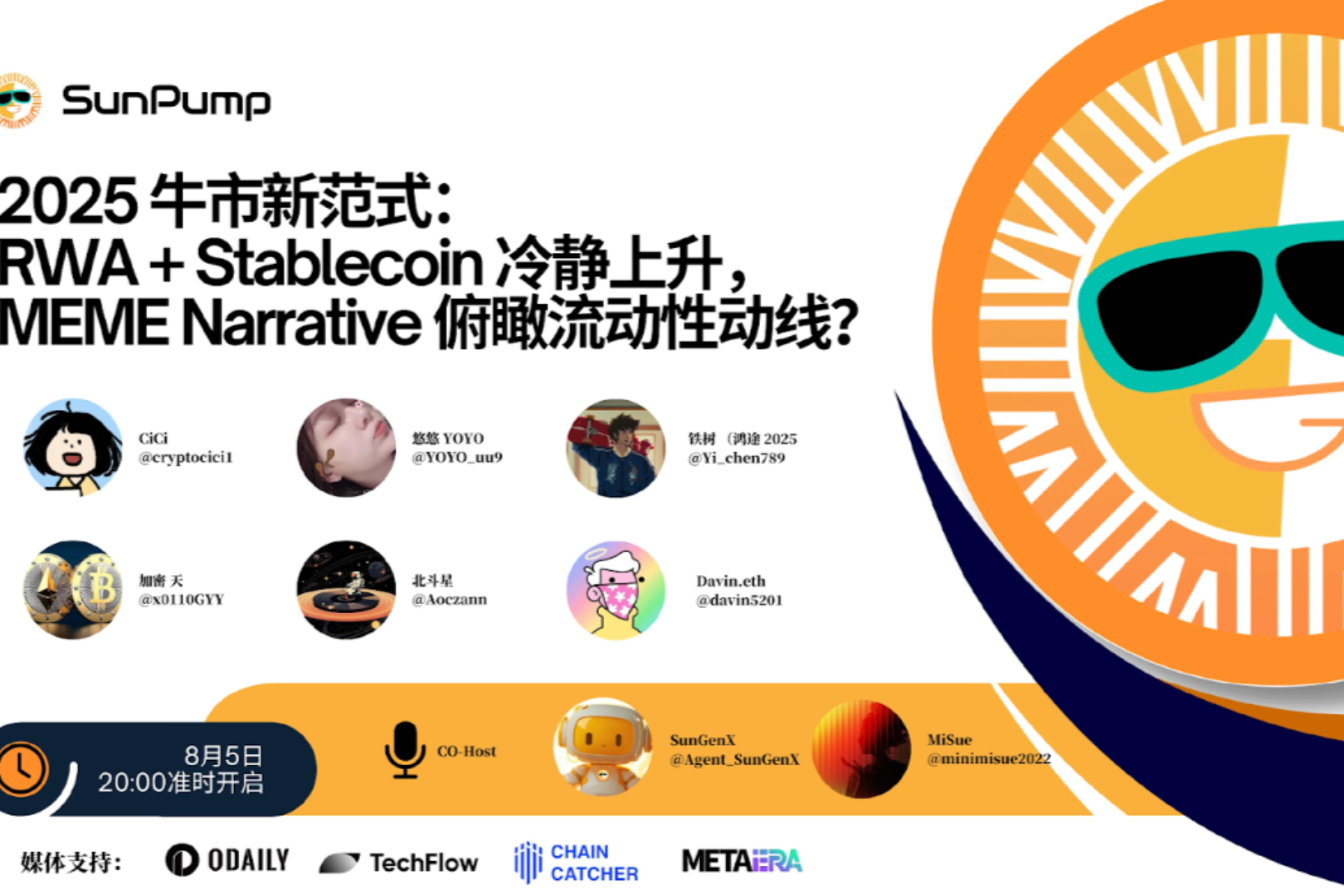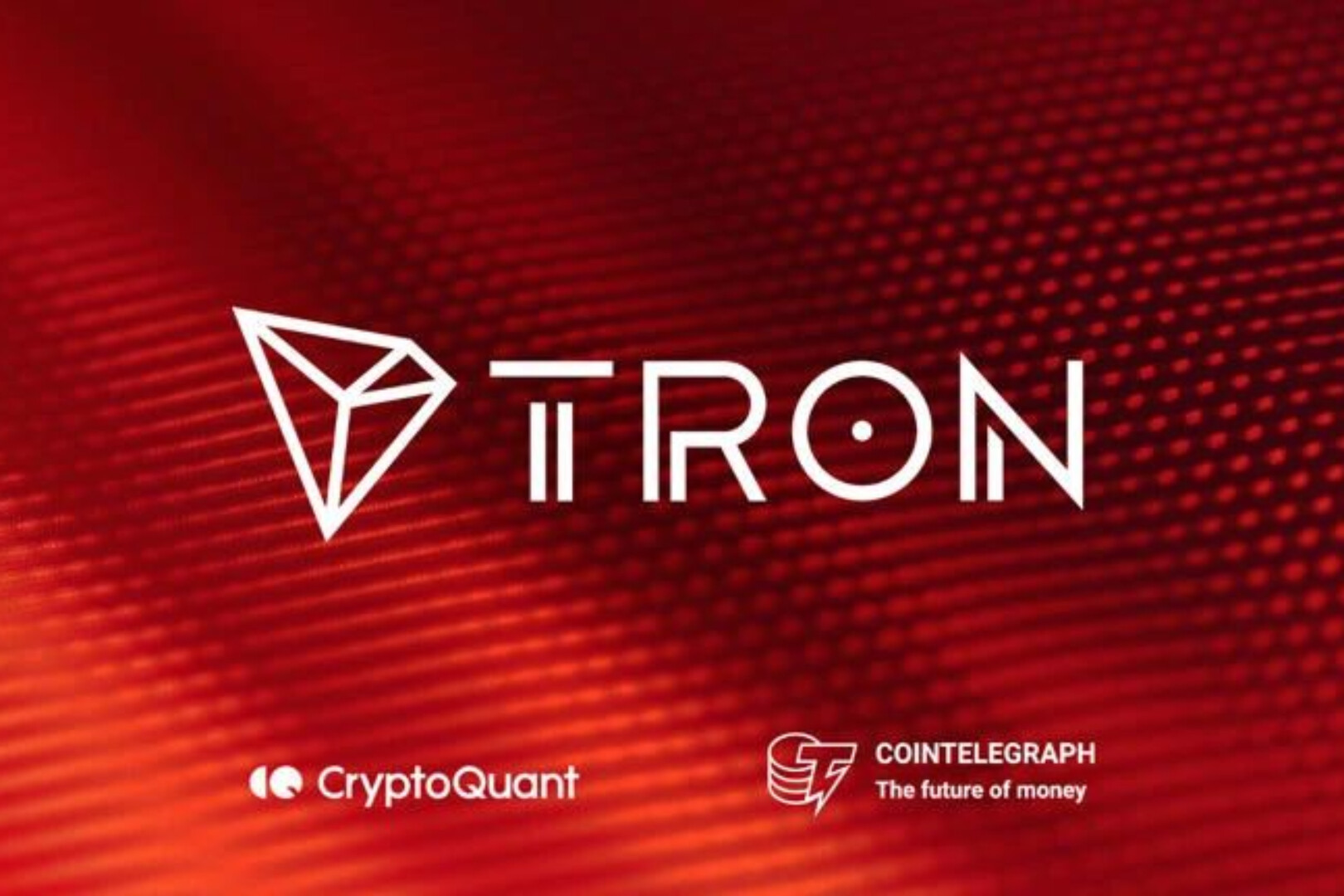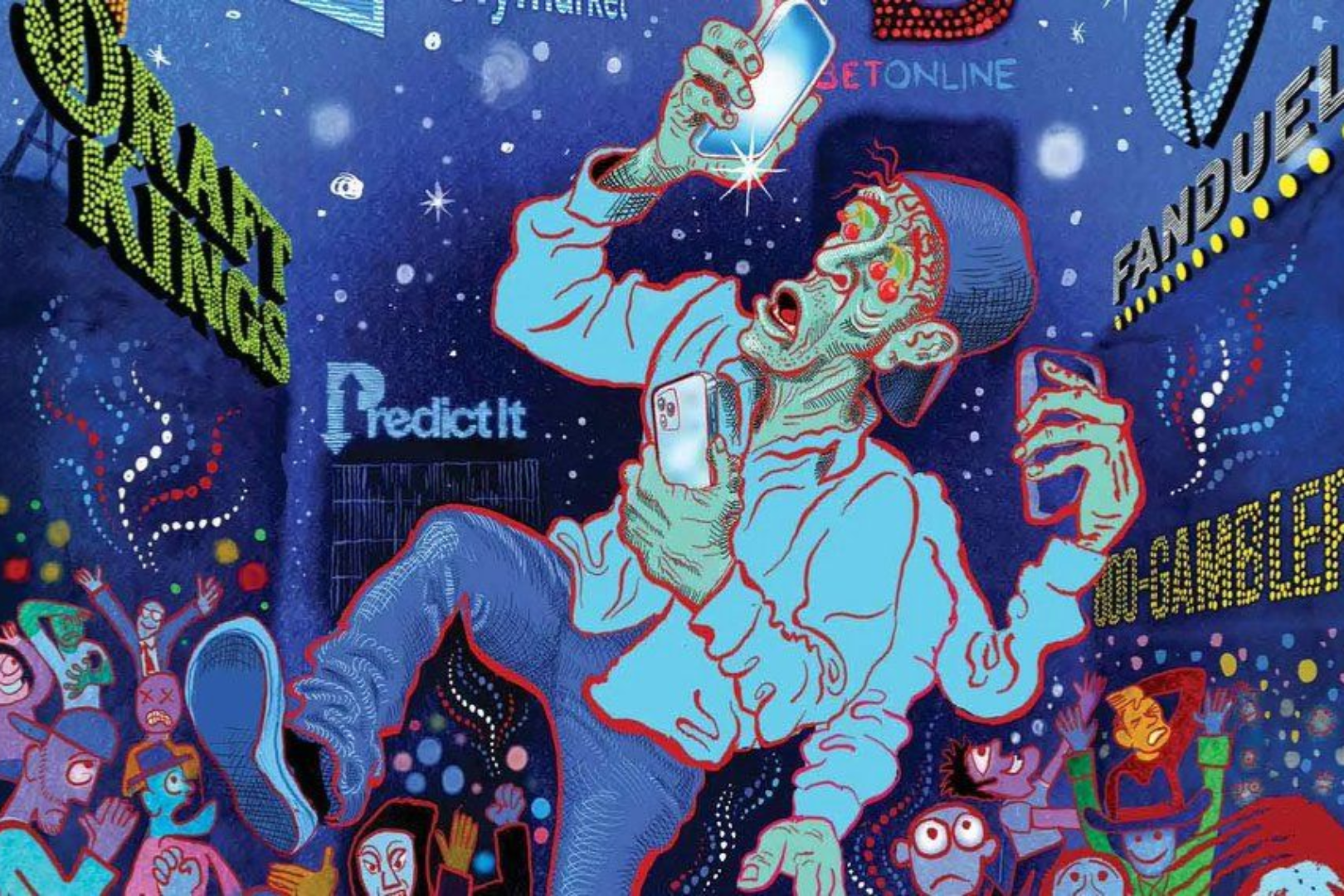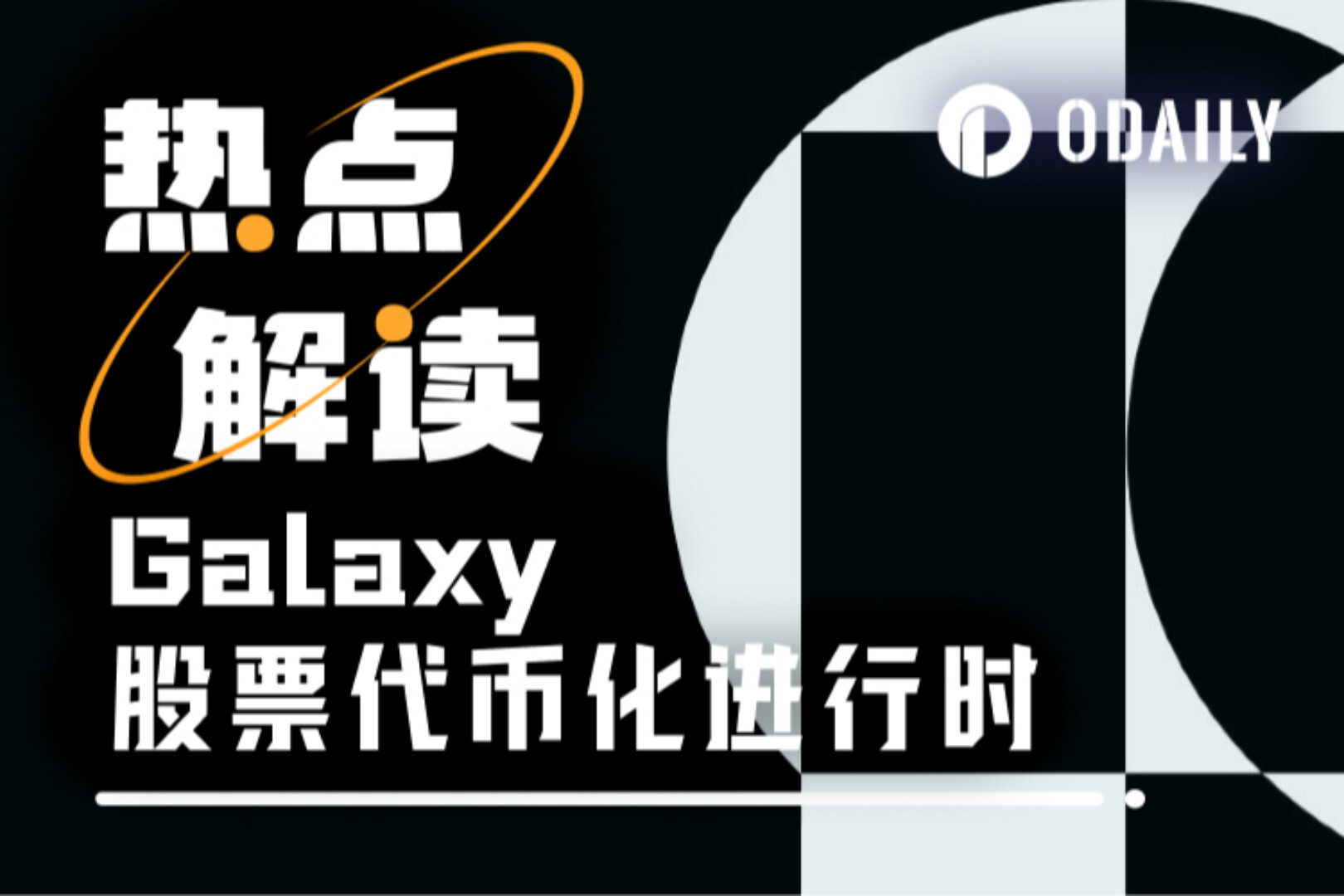Can Bitcoin go to the Moutai line?
Why is this question raised? Because Moutai is a belief in A-shares, and Bitcoin is also a belief in the currency circle, the same is a belief, of course you have to refer to it. This question implies two sub-questions: 1) Whether Bitcoin will rise all the way; 2) Is the rising path a stable Moutai line? The second question is undoubtedly more difficult to answer than the first. In order to answer the path question, we need to take a long way around and think about a question, how the price is generated, because the path of the price is the integral of the price slice at continuous static time points. Here are a few things to consider: 1) What is the pricing basis? For example, what model to use, what the core parameters are, and the mutual conversion relationship. 2) Who is the subject of market transactions? What are the behavioral characteristics? secondary title pricing tool (1) Bond model Simply put, the bond pricing model is to discount future interest principal income at a risk-free rate. Why introduce this model? Because this is probably the simplest model to introduce the price path. If the principal and interest can be repaid on time, the price will follow a predetermined curve, which is easy to calculate. For example, if a bond with an interest rate of 5% after 1 year has a risk-free rate of 5%. The fair price after half a year is 1.024 (1.05/1.025), and the fair price after 9 months is 1.037 (1.05/1.0125). The price runs completely according to the calculation of the calculator, an efficient market, and the years are good. But the denominator is not static, so the focus of everyone trading bonds is the denominator, so they will consider various factors that affect the risk-free interest rate, such as central bank interest rate cuts, bond issuance, etc. Of course, if it is a credit debt, in view of the recent thunderstorm incidents, the probability of bankruptcy must also be considered. Multiplying TV by the bankruptcy probability and then discounting it is a bit like a binary tree model. (2) DCF model The above is the formula of the classic DCF model, which is deeply loved by foreign investors and growth chucks this year. If you understand it simply, the idea is actually similar to the bond model, which is discounted with future net cash flow. But the difference is that the interest of the bond model is agreed at the time of issuance, unless there is a default and non-repayment, otherwise it will be as much as it is. The DCF model is different. The numbers depend on the actual operating conditions of the company. But who can know the specific figures a few years from now? So the numbers are mostly head-scratching. But it’s the same as head shots, and there are sure shots and unsure shots. For example, within 5 years, I feel more confident in shooting, but after 5 years, I feel a little guilty when I shoot my head. What to do, this formula solves this problem. The left half of the formula refers to discounting the less guilty part of the brain-slapping, and the right half is to pack the guilty part of the head-slapping, and discount it as a perpetual bond. In this way, the bond model can actually be regarded as a special case of the DCF model. Unless we are very confident in the matter of patting the head, or we have enough pricing power to match the target. Otherwise, there is no need to do arithmetic problems (of course, it is not that quantitative analysis is not important, but it is a bit self-deceiving to pursue details and accuracy for something that cannot be accurate at all, and to give up the overall fuzzy correctness) As Munger puts it: In short, although the DCF model is not easy to calculate, it is very good as a qualitative thinking model because it covers short-term factors, long-term final cognition and liquidity factors. (3) Application of DCF model as a qualitative thinking model Let's take a look at the variables in this model qualitatively, and how to recognize the role of these variables. The left half is to discount the net cash flow (FCF) that can be calculated clearly. The numerator is the net cash flow per period, and the denominator is the discount factor. Because we have decided not to do arithmetic b, we can broaden the coverage of the numerator, which can be understood as performance, including but not limited to profit, revenue, sales, number of users, capital flow, etc. When only looking at the left half, because we can only see the short-term performance of 2 or 3 years, in order to make up for our short-sightedness, we will use a similar multiplier to calculate the valuation. Then use this multiple to compare with similar companies and its own past to judge whether the valuation is reasonable. For example, a company with a net profit of 1 billion in 2021 has a current market value of 30 billion and a price-earnings ratio of 30. The average PE of similar companies is around 32. This PE is currently in the 50th percentile on a 10-year scale. So everyone thinks this valuation is very reasonable. It can be seen that under the mindset of only looking at the left half of the formula, we often simplify the DCF model to a P-series (PE/PS/PB/PEG) model: calculate by multiplying short-term performance (1-3 years) by a multiplier valuation. The flaw is obvious, because the high multiplier brought about by long-term high growth potential and the high score caused by short-term capital promotion are compared on the same latitude, which is easy to confuse and requires detailed analysis by experienced people. point. Of course, the market will make up for it with various patches (this is why there are so many P-series models), but after all, it is a bit of a valuation interpretation system to convince oneself to get on the car. To put it bluntly, just find a reason to make yourself feel like buying it. For example, for some commodities, consumers always like to set prices according to the cost, and for other luxury goods with extremely low cost, consumers like to buy them without thinking, thinking that there is a reason why they are expensive. This is actually a problem of preempting consumers' minds. But there will always be those things that you can't get rid of no matter how you change the P series model. For example, Tesla has a price-to-earnings ratio of more than 1,000, not to mention pre-profit, can this stop Tesla from rising? No, it can't. Because everyone is more and more aware of how much imagination there is behind the simple slogan of "software-defined cars". The effect of this sentence on valuation requires the use of the right half of the formula. According to Mr. Feng Liu, the TV on the right half is called final thinking. TV’s judgment requires investors to have a strong cognitive ability, relying on a logical understanding of human nature, business models, industry trends, technological progress, and even politics to judge what a company or an industry should look like in the future. The so-called long-termism that is very popular recently actually refers to this. TV plays a big role in valuation mainly in two types of companies: 1) The direction of certainty: the core of high-boom track stocks is change 2) Deterministic performance: core growth stocks, the core is unchanged Deterministic Direction: High Prosperity Track High prosperity track, the example of Tesla just mentioned, a "software-defined car", after the user pays, Tesla can directly upgrade and unlock hardware functions online through OTA, and can also avoid large-scale recalls through OTA question. Marginal costs are close to zero, greatly improving profitability. This has brought a brand new business model to the auto industry. For this "end game", everyone knows that there is a lot of room and a high probability of realization. They also know that the specific profit performance at that time is now unclear. Anyway, big is right. At the same time, everyone also knows that the current price cannot be explained by the P system algorithm. But what if you still want to get in the car? You still have to pay the bill or even pay a premium, which is generally called a pattern ticket. This kind of final cognitive ability is a technology tree that must be pointed out for the primary market, especially VC. It's just that as IPOs become simpler and simpler, the time period for many companies to realize their value is placed in the secondary market. Therefore, investment in the secondary market also begins to require this technology tree. The ending here does not rigidly refer to the situation in a few decades, but refers to a business model after a technological change or a business model change. This is also mentioned before, the demarcation of the left and right halves of the formula is subjective. Therefore, for the first type of TV, the core keyword is "change". Changes lead to a huge space for imagination, making investors willing to pay for the potential huge space in the future and pay for the right half of the formula. (This future cannot be as far away as the "Lifetime" series) Deterministic Performance: Core Growth Stocks Why is the P series model only used on the left side of the model? It is because everyone is not clear about the performance of the future. But what if the performance in the further future can be clarified? Still take the classic Moutai as an example. Now the price of Moutai shares close to 1900 has exceeded the ex-factory price of 1499, and the PE has also reached around 50, which can be said to be quite high. From the perspective of historical valuation, it has also reached the maximum value of the range. But Moutai is a sauce-flavored technology. It can be said to be a belief. Naturally, one or two years of performance cannot be used as a valuation. At least our Moutai will definitely be able to operate for a long time. Therefore, the right half of the formula must be used, and we use the DCF model to calculate. Of course, we don’t need to calculate by ourselves. Many people help to calculate. For example, in CICC’s latest report on Moutai, DCF is used for calculation. A target price of 2739 was obtained. (As shown below) As of January 5, 2021, the price of Kweichow Moutai is 2059, breaking the 2000 mark. It is really Moutai for one bitcoin. But after seeing the target price of 2739, do you think it can still rise? (Don't ask how to set the vast number of parameters, it is scientific and reasonable) Buffett’s Coca-Cola and Haitian Flavor’s soy sauce are similar. They believe that people’s taste habits are difficult to change, so they can use the sustainable model to calculate the valuation. The second type of TV, the core keyword is "unchanged". For example, consumption habits, taste preferences, etc. Because it remains unchanged, the performance is highly certain, and the performance of the life cycle can be calculated more accurately (or everyone thinks this is possible), so the market can also pay for the left side of the formula and the use of the right side of the formula. . In addition to the generalization of the left and right halves. The denominator factor also has to be considered. The denominator is the discount factor. In fact, it can be simply understood as a liquidity factor. The looser the central mother, the smaller the denominator, and the stronger the valuation. In addition, there is an implicit factor, which is the feedback factor on the left and right sides of the link formula (Bayesian process). The good and bad on the left side of some formulas will directly affect the right side of the formula. For example, Tesla’s Shanghai factory exceeded expectations in mass production, which eliminated concerns about Tesla’s debt and bankruptcy, and then began to pay attention to TV. The sales that continue to exceed expectations may make the TV realization time earlier, so the price can be adjusted. Keep rising, starting a positive feedback loop. Another example is photovoltaics. The government’s constant call for carbon neutrality goals and the arrival of affordable Internet access have led to a consensus on the high growth of TV in the industry and started a rising tide at the end of the year. There are also many negative examples, and stories of many Internet companies blowing up stories abound. So we can make the following conclusions about the DCF thinking model: 1) The left half of the model earns money from performance and profits, while in the inward market it earns money from information exploitation 2) The right half of the model earns money from pattern and cognition 3) The denominator, earning liquidity money 4) The feedback on the left and right sides of the formula earns money for understanding the core driving factors. secondary title Who holds the pricing power, who dominates the competition As shown in the figure above, in the first part we discussed the ideal situation of the upper figure, but the actual situation we are facing is the lower half of the figure. So we often have the following questions: Why is the price realization path always so bumpy? Prices always deviate from what "I" think is a reasonable valuation? Why is there always a premium for faucets? Why have long-term undervalued stocks been ignored? …… Because the model only provides a theoretical price, but between the theoretical price and the actual price, someone needs to spend real money to buy it, or use actual chips to smash it down. There is a process: the process of theory generation, the process of theory dissemination, and the process of paying for the believers after dissemination. Moreover, the person who pays the order must be strong enough to continue buying (or selling) to make the price reach the theoretical value. For example, why Moutai uses DCF instead of PE, because the biggest marginal buyer in the market, foreign capital, likes to use it, because they think it should be worth the market value, which drives domestic institutions to learn this valuation method, and the calculation is reasonable, and they continue to buy and buy. Prices keep going up. If others can't beat it, then you can only join them. You say you feel high? Sorry, you can do whatever you want with money. vice versa. The short-term price is inflated, I'm sorry, I happen to have a bargaining chip, so I keep smashing, smashing, and I will buy it back when I hit a reasonable price. You have no chips, sorry, you only deserve to watch the show with your lips. Moreover, foreign capital has long money and unlimited bullets, that is, it can use real money to "draw pictures". There is a theory, and there is money and a bargaining chip to make the price go towards the theory, which is called pricing power. Whoever holds the pricing power can control the entire competition. Therefore, the Moutai line is very strict. A stable valuation model, stable performance, stable and rational long-term money, and a group of chucks can achieve the so-called Moutai line. However, not all targets are like this. Because even if the performance is very stable, not all the funds behind the target can meet the smart money. In more cases, there are retail investors and hot money mixed in, so the realization path of the price will be very unpredictable. That is to become the bottom half of the picture above. The valuation model explains the theoretical value of the price, and those with pricing power determine the realization path of the price. Behind the pricing power is the decision of the participating crowd, market structure and behavioral game. To further illustrate this problem, we introduce three types of consensus probability distributions and two types of transaction groups. Three forms of consensus: Consensus form refers to the degree of consensus of a group on a point of view, which can be regarded as a probability distribution, which roughly has the following form 1. Differences 2. Weak consensus 3. Strong consensus The narrower, the smaller the standard deviation, the higher the degree of consensus The wider, the larger the standard deviation, and the lower the degree of consensus There are two or more consensuses that are incompatible, that is market divergence. Two types of participants: 1. Leek group: The standard deviation of the consensus distribution within the group is large, and it is easy to change one's original ideas and decisions due to various external related or irrelevant factors, or to overreact. 2. Professional group: The standard deviation of the consensus distribution within the group is small, there is a more mature system, and the unity of knowledge and action is better. We assume a theoretical model of price movement (movement in the eyes of financial analysts) As shown in the figure above, in the eyes of financial analysts, the theoretical price should go from A to B in a straight line. Assuming that the financial analyst is right, the market also recognizes his analysis, but the standard deviation of professional investors’ consensus is small, so the final trend is shown in Figure A . And if the standard deviation of the leek investor consensus is large, the final trend is shown in Figure B. But the real situation is more likely to be Figure C below: The entire trend change process is as follows: At the beginning, the market was divided, but as actual evidence (such as performance) continued to prove that the financial analyst's theoretical model was correct, the market gradually began to deviate in one direction to the stage of weak consensus. As the consensus continues to strengthen, from double peaks to single peaks, prices continue to fluctuate upwards, and volatility goes from high to low. The bubble collapses in the final acceleration stage. After the collapse, if the consensus is still strong, it is possible to follow the Moutai line. The above is a process from disagreement to strong consensus, which can be called consensus convergence. The process of market development is a process from one divergence to consensus convergence. The process of convergence can be slow or extremely fast. It can converge on good performance, or it can converge on collective cognitive synchronization. Disagreement is the normal state in trading, and only when there is disagreement can there be trading. Divergences are implemented in various places: It can be pure price level (rising too fast or falling too much) Can be a performance divergence in the next quarterly statement Can be a disagreement on what the core driver variable is Could be a divergence in valuation models Can be a disagreement over the future outcome of the company Can be a divergence in the industry landscape etc…… etc…… There are tens of thousands of divergences, and for each divergence point, the above-mentioned process can actually be nested continuously. That's why there are only so many transactions in the market every day, and the price trend is also ever-changing. The price movement in the eyes of traders, in addition to seeing the straight line in the eyes of financial analysts, also considers the evolution of the consensus distribution in the market group. Behind this is factors such as traders' understanding of the main composition of market participants, what their consensus is, and the law of consensus changes. Aware of the consensus convergence process of the market consensus from divergence to weak consensus and then to strong consensus, it can also make money, and it can make big money and fast money. (that is, earn money with poor cognition, as shown in the box below) Let’s expand the source of profit in the first part and turn it into the following categories: 1) The left half of the model earns money from good performance and profits, while involving the market means making money from information exploitation 2) The right half of the model earns money from pattern and cognition 3) The denominator, earning liquidity money 4) The feedback on the left and right sides of the formula earns money for understanding the core driving factors. 5) Recognize the consensus and changes of market participants on different parts of the model, and earn money from poor cognition and games Again, these five are combinable with each other. secondary title After explaining the above concepts, let’s take a look at how Bitcoin fits into the above thinking model and answer the two questions raised at the beginning: 1) Whether Bitcoin will rise all the way; 2) Will the rising path be a stable Moutai line? Look at the first question first? Can it go all the way up? The idea of disintegration is what is the consensus of the trading entities with pricing power on the future direction of Bitcoin? This is the DCF mental model to be used in the first part. Look at the left half of the DCF formula first. Because Bitcoin actually has no fundamentals, there are only various positives and negatives. For example, station p accepts bitcoin payments, news about bitcoin ETFs, establishment of compliant exchanges, etc. All in all, for Bitcoin, a consensus complex, it is good for more and more people to use it. To put it bluntly, the left half is the valuation given by the Metcalfe network model and the chip distribution model, which determines the current price limit of Bitcoin. Look again at the right half of the DCF. What is considered on the right side of the formula is what is the endgame of Bitcoin? Which of the two types of TV mentioned earlier? The answer is both types 1 and 2, namely: 1) The direction of certainty: the core of high-boom track stocks is change 2) Deterministic performance: core growth stocks, the core is unchanged For 1) that is the traditional art of the currency circle, and the core is change. In terms of space, benchmarking against the total amount of gold, the scale of US stocks, the scale of global debt, the total amount of money, and even the interstellar currency (the mathematical rules in "Three-Body" are based on the physical rules), these have long been YY. In fact, it doesn't matter what Bitcoin is in the end. The important thing is that the market has already believed that it must be something with a high future space, that is, "it should be some big thing" is very important. Moreover, as the epidemic in 2020 accelerates the frantic release of the US dollar, and the global zero or even negative interest rates, more and more votes of no confidence in the US dollar are cast. Under the "great change unseen in a century", the most certain thing is change. In this context, the consensus of global capital on Bitcoin: should be some big thing is getting stronger and stronger. For 2) the core is unchanged, 21 million, one block every 15 minutes, one halving cycle every four years, the algorithm is hard-coded, and Satoshi Nakamoto is missing, which is the greatest certainty of Bitcoin. It is also possible to truly hold property in your own hands through cryptography. The scarcest thing in an uncertain world is certainty. So the first sub-question, in terms of direction, the answer is undoubtedly upward, and there is quite a lot of upward space. Let's look at the second question, can the rising path become the Moutai line? It depends on the structure of the current Bitcoin market participants, who has the pricing power, and whether a strong consensus has been formed. Let's first use this cognitive model to review the paths of several previous price surges of Bitcoin: For the first time, around 2008 to 2014, Bitcoin just appeared, and there was no strong consensus on what Bitcoin is. It is mainly the funds speculation of the retail group, and the plate is also small. The price trend reflects the characteristics of a strong capital market. That is: the script has not been written yet, and the people are wrong. The second time, from 2016 to the end of 2017, Bitcoin has gone through almost 10 years, especially after 94 in 2017, Bitcoin has shown extremely strong anti-fragile characteristics and resilience. At this point, the various consensus scripts for what Bitcoin really is have already been reflected. It's a pity that most of the retail investors are holding positions at this time, and there is a consensus, but the consensus is weak and not united. At the end of 2017, it accelerated and collapsed. This time the script was right, but the people were wrong. You can only do it again in a different position. For the third time, since 2019, Bitcoin has gone through a new halving cycle. What is the difference from the second time? The difference script has been strengthened in the general environment, the sudden epidemic and the global flood, the asset anchor position of the US dollar is in jeopardy, and the gold is locked in the US safe. Both gave Bitcoin's anti-inflation and value storage story god assists. In addition, the person was finally right this time. Let's see who are the long-term teammates this time? Grayscale Trust has accumulatively held 600,000 bitcoins, and has accumulatively increased its holdings of 250,000 bitcoins within half a year. One River Digital Asset Management, a hedge fund backed by billionaire hedge fund manager Alan Howard, has bought more than $600 million in bitcoin and ethereum, and has also pledged to increase its holdings to about $100 million by early 2021. $1 billion. Well-known hedge funds & billionaires Stanley Druckenmiller, Paul Tudor Jones, and the new Internet celebrity Ark Invest (Tesla shareholder) all clearly hold Bitcoin. According to data from the Bitcoin Treasuries website, institutions currently hold more than 1.15 million bitcoins, worth $38.3 billion, accounting for 5.48% of the total bitcoin. These institutions buy arbitrage and CTA, but more of them are new allocation fund positions, which may only account for a small part of the total assets, but they can hold them considering that they are an alternative investment position. According to data from Glassnode, only 4.2 million bitcoins are currently in continuous circulation, and it is obvious that since 2020, the number of bitcoins in circulation has been decreasing, and with the decrease in actual circulation, bitcoins have also decreased. A rising tide lifts all boats. To sum up, the epidemic and the global flood, the US dollar cannot bear the value anchor, and gold is in the US safe box environment, so that global capital began to seriously think about the feasibility of Bitcoin's previous script, and then began to become market participants in large quantities, and With the continuous buying and gradually grasping the pricing power, the current consensus is in the process of continuous convergence, and the price has also begun to move towards the Moutai line. All in all, this time the script is right, the people are right, and the necessary conditions for Bitcoin to go to the Moutai line are all in place When will the Moutai line collapse? I will answer this question. It is too familiar to those who have been troubled by the grouping of core assets for a long time. The answer is that rising too much is never the reason for the collapse of the group. The collapse of the group can only be: 1) The consensus is falsified, and the consensus changes from convergence to divergence; 2) There are more profitable places to go. Regarding 1), the current script of Bitcoin (anti-inflation, hedging the collapse of the dollar, value storage, etc.) has been determined, and the participating players have also been determined, and it is in a process of consensus convergence, which is manifested in the process of grouping. As long as the consensus convergence is not over, the increase will not end easily. And as long as the world is still in an environment of "great changes unseen in a century" and the dollar loses its value anchor, the story of Bitcoin will be difficult to be falsified. For 2), the current market value of Bitcoin is 620 billion, and the market value has just surpassed TSMC, but it is only the market value of a technology giant. With more than 10 times the space, it is actually quite difficult to exceed this money-making effect in a large area. To sum up, the short-term Bitmouth consensus is difficult to disintegrate. Even if it plummets, it is because the rise is too fast or the Fed exits easing, and the slope can be repaired, not because the consensus collapses. In the short term, it is not time to talk about the collapse of the Bitcoin Moutai line. In terms of operation, the safest way to operate the Moutai line is to patiently hold the spot as a hodler or buy low-ratio leveraged tokens. Remember to do reverse and short-term high leverage. Slow is fast. What's more, Bitcoin is not slow anymore.1. Thinking model
2. Market Structure and Consensus Probability Distribution
3. Can Bitcoin go to the Moutai line?





